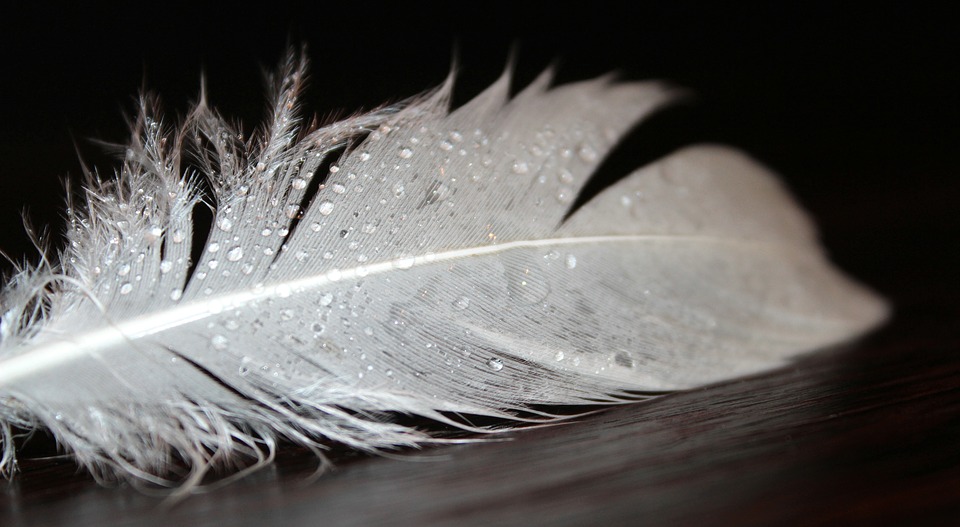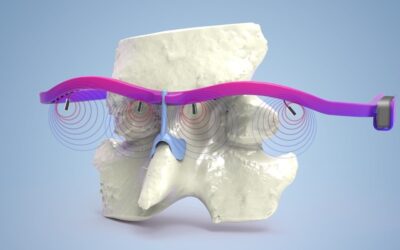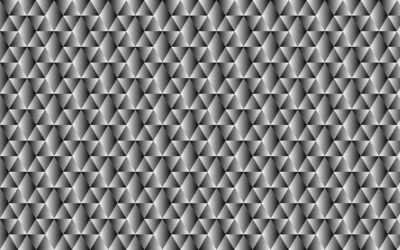Have you ever wondered why birds spend so much time bathing in ponds and puddles? As with most things, there is an obvious and a less obvious explanation.
Clearly, clean, well-tended plumage always makes for a better flight. But, as functional biomaterials go, feathers are not particularly robust when it comes to withstanding attacks of predators or external forces, like extreme weather conditions. The fact that most birds still replace their feathers only once a year, indicates that evolution has found a solution to this dilemma.
In this context, the discovery that Marc A. Meyers and co-workers describe in their paper in Advanced Functional Materials is surprising but also reasonable: water contact facilitates the restoration of feather structure and strength.
The shaft of flying feather consists of two parts: the foam-filled rectangular rachis from which a vane branches, and the hollow, elliptical calamus which is embedded under the skin. Both parts are of equal importance, as the load absorbed by the feather is transferred from the vane via the rachis to the calamus. Considering that feathers are composed entirely of “dead” keratin, like hair or finger nails, one would not expect any regenerative abilities. However, the researchers find that a broken feather shaft can regain 80% of its strength in the calamus and 70% in the rachis just by being in contact with water.
This almost miraculous recovery can be attributed to the tailored nano-composite structure of the feather shaft: hydration introduces swelling and softening of the material, which allows for a reorientation of the buckled fibers. Drying reverts the hydration-related swelling and softening, but retains the structural reorientation, resulting in strength recovery.
To find out more about the self-healing abilities of feathers which could potentially spur the development of a range of smart, resilient materials and to read other exciting research articles, please visit the Advanced Functional Materials homepage.














